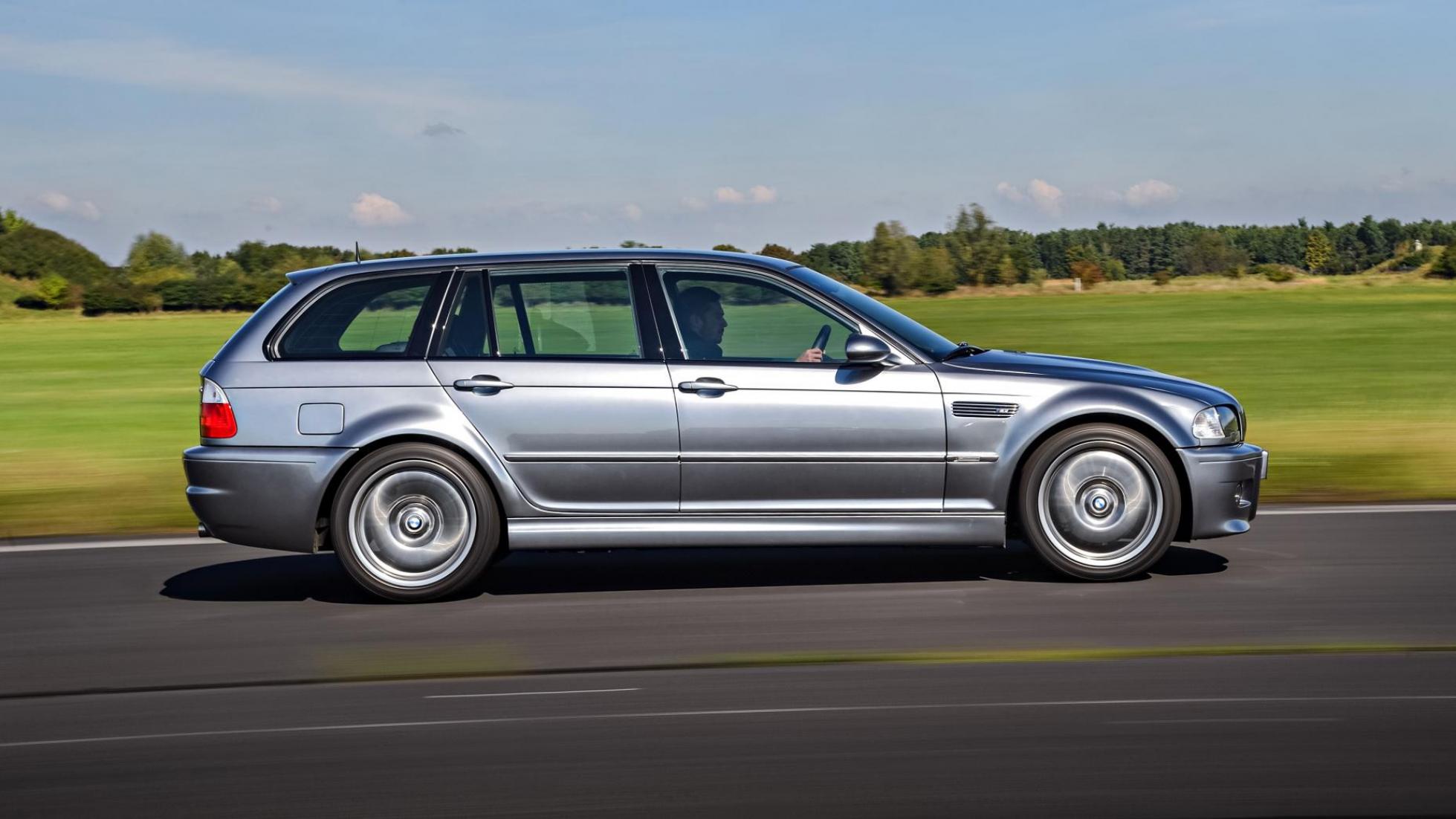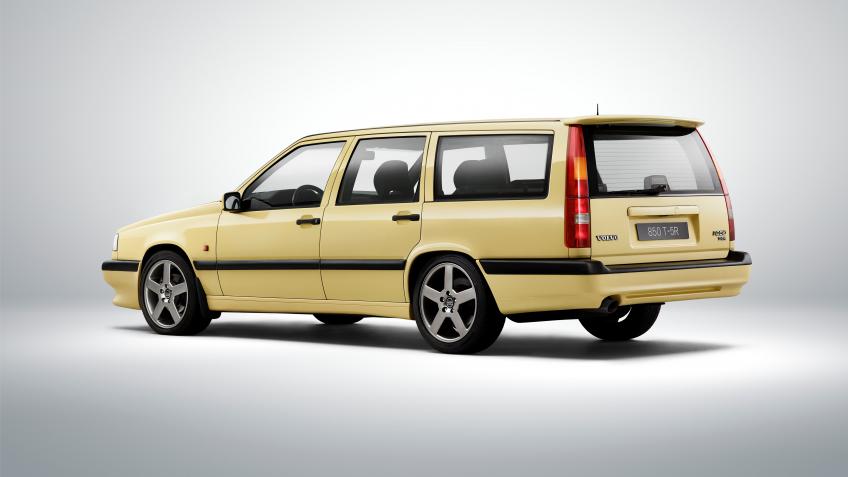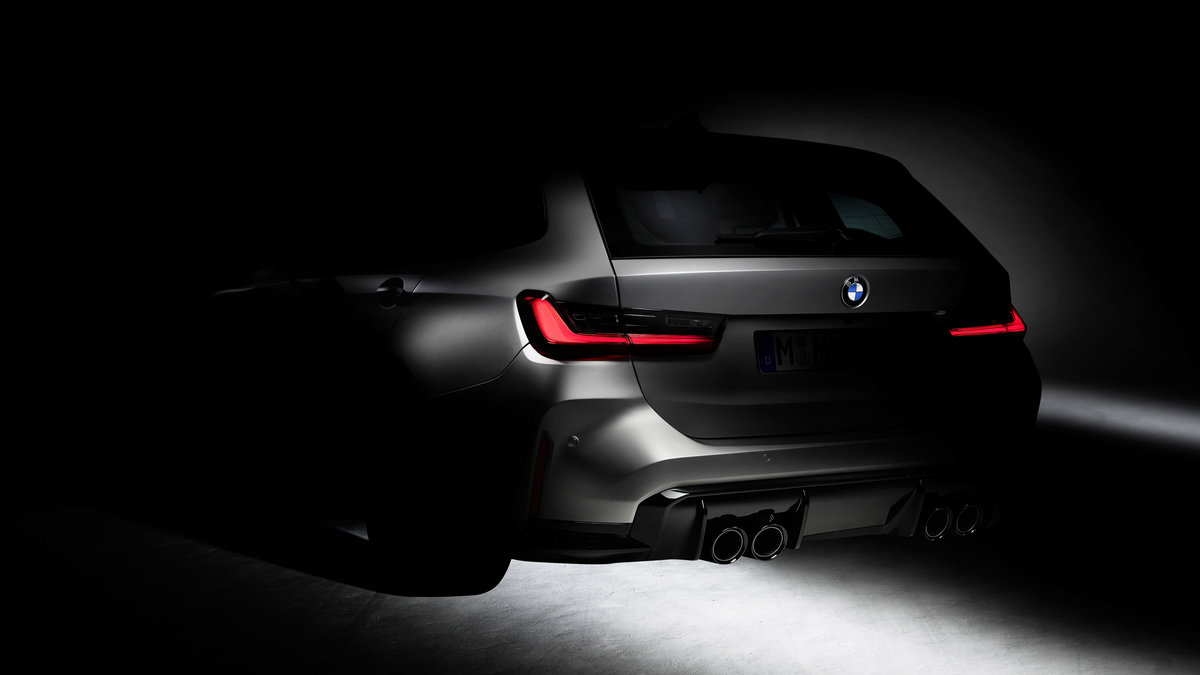Opinion: fast estates can inspire a wagon renaissance in Malaysia

Dogs bark, cats meow and ‘car people’ love wagons.
All right, I’m generalising here. But it comes from having one too many conversations about how a car is cool simply because it has the rump of a low-riding van. Surely, you’ve met a self-professed enthusiast who can’t stop waxing lyrical about an estate on the basis of it being an estate. It’s as if a Volvo V90 or the upcoming BMW M3 Touring can do no wrong simply because of their genetic code. Elitism is what this is.
I’ll admit, the former is pretty neat while the latter will probably come good as well. Correction; the M3 Touring is going to be fantastic. And I really hope it finds its way onto Malaysian roads. But I refuse to get drawn into the wagon-worshipping cult that many of my peers subscribe to. Have they not seen a Nissan AD Resort or a Chevrolet Optra Estate? I don’t disagree with arguments that old E-Class estates look like hearses either. So, no, not all wagons are awesome.
That last statement will probably trigger some diehards. But I’m far from alone. The fact remains that Malaysia, alongside many of the world’s most developed automotive markets, adores SUVs a whole lot more. And a lot of this boils down to how SUVs are marketed: the allure of a high-riding daily that’ll make light work of most urban terrains while offering supposedly better space utilisation than a saloon or a hatch – all presented with the help of hip soundtracks and attractive models partaking in active lifestyles amidst picturesque landscapes – is hard to turn down.
It sounds superficial but it’s true. In a strictly practical world, anything more than a Perodua Myvi is a luxury, especially in a country where cars easily cost the equivalent of several years in wages. And looks, along with other qualities that are only visible on the surface, matter when we’re spending top dollar; we wouldn’t still be debating about BMW’s enlarged kidneys if that wasn’t the case.
To that end, the wagons we got in the past, over-utilitarian things that would fit right into a pasar malam or a funeral, did little to inspire any sense of desire or aspiration. The lack of high-speed internet and social media meant that unassuming gems like the Volvo 850R weren’t appreciated as much as they should have been by the casual driver of the 90s’ – cars like it aren’t called ‘sleepers’ for no reason.

Have you ever seen a grey import BMW estate go for cheap in the used market because ‘nobody in Malaysia wants to buy a wagon’?
Looks have always mattered. And for as long as that holds water, a revival for the estate in a country that seems to have abandoned it isn’t entirely impossible, if somewhat far-fetched. The recently-unveiled Peugeot 308 SW is living proof that accessible, everyday wagons can be beautiful. And although numbers-driven carmakers have largely refused to give such models the chance to audition in our numbers-limited market, the body type is certainly not without its Malaysian admirers.
Japanese wagons like the Toyota Caldina and Subaru Legacy have commanded fairly healthy followings here in the past. And they hold their value pretty well too. The same can be said for some continental counterparts – have you ever seen a grey import BMW 3er/5er estate go for cheap in the domestic used market because ‘nobody in Malaysia wants to buy a wagon’? Their prices certainly say otherwise.
Carmakers are cautious because they thrive on scale. Corporations driven by complex supply chains and strict bottom lines cannot afford to play to the ears of enthusiasts. And as far as the general consumer goes, pre-conceived notions linger. This is part of the reason why estates brought into our market in recent years such as the Peugeot 508 SW or Mazda6 Touring continued to struggle sales-wise despite their impressive packaging.
We’re talking about the same, invisible force capable of convincing one to buy a Honda over a Hyundai based on how upright the letter H stood. Such sentiments can be powerful. And one way to challenge that power is with power itself, which is where the fast wagons implied in the title come into play.
The upcoming M3 Touring is certainly a good place to start. Cynics will argue that there have always been opportunities to peddle estate versions of AMG C63s, E63s and M5s in the past and the present day is no different. But the M3 embodies the M division, peak BMW and the overall concept of turning an everyday vehicle into a track-ready machine in a way that gets people – serious prospects and mere hobbyists alike – invested more so than its rivals.
An M3 wagon has not officially existed up till now, giving it the opportunity to take up the mantle as the industry’s poster wagon, much like how the NSX, Supra and GT-R are halo cars for Honda, Toyota and Nissan respectively – surely someone must have purchased an Almera for the bragging rights of having the same key fob as an R35 Godzilla by now. And if the M3 Touring is to be the estate’s knight in shining armour, it’s certainly not without its brothers in arms.
In case you didn’t know, Audi Malaysia officially lists the RS4 avant 2.9 TFSI quattro and RS6 avant 4.0 TFSI quattro at RM759,900 and RM1,026,900 respectively. The latter has been widely lauded as one of the maddest estates in existence over the years. And the fact that you can find quite a number of RS6s over multiple generations listed in the local grey market suggests that those who can afford it are buying into the hype.
Under the same VW-branded umbrella, Porsche has been selling the Panamera Sport Turismo here since 2018, with the Taycan Cross Turismo set to offer a similarly versatile package with an all-electric twist once it gets here. Porsche won’t be too pleased with us implying that either model is a wagon or estate, but they both put the desirability in practicality no matter which way you look at it.
But how will million-Ringgit rides ever influence buyer sentiment in the mass market?
While brands like Porsche are in a league of their own – tahap kayangan, as some would put it – many can still relate with BMW, no matter how advanced or expensive its latest cars become. The M3 in particular has probably influenced thousands of enthusiasts on a budget to take on used E30s E36s as project cars, fairly affordable canvases for their own spin on a fast 3er. And you’d be lying if you said you’ve never seen a 318i or 320i peppered with M badges and colours in a try-hard attempt to pass of as the real deal.
If a halo variant can spur the popularity of a nameplate, perhaps the success of a Touring offshoot can inspire more people to embrace the segment altogether. It’s certainly wishful thinking considering this so-called saviour hasn’t even broken cover yet. And I’m beginning to realise how this is sounding a lot like a multi-level marketing (MLM) scheme that ironically hinges on the buying habits of the rich. Building a pyramid from the top down never sounds like a good idea. But can’t one dream?


